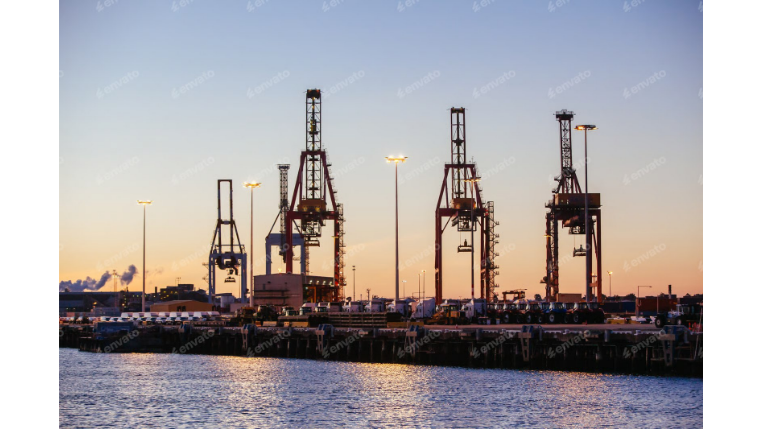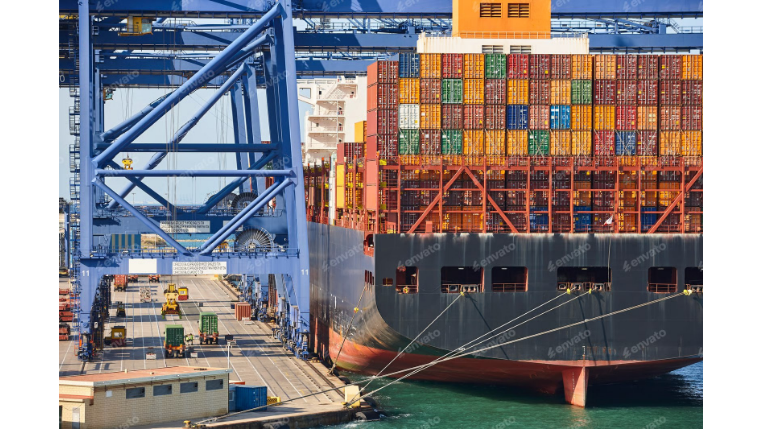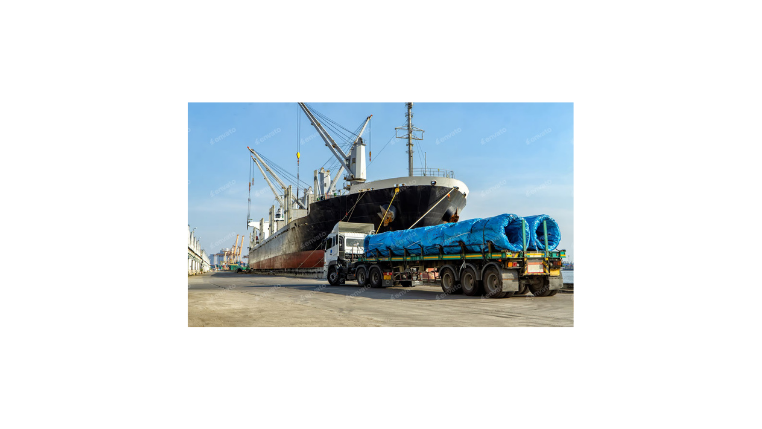The Workhorse of Global Trade: A Complete Guide to the 20ft Container
The standard 20ft container is the fundamental building block of global trade, a true workhorse of the international supply chain. Also known as a dry van or a General Purpose (GP) container, its standardized dimensions revolutionized shipping and logistics. This blog provides a complete guide to the 20ft container, detailing its precise dimensions, usable capacity, pallet configurations, and crucial weight limits. By understanding its features and strategic advantages, your business can optimize load planning, reduce costs, and ensure more efficient shipping operations.
The 20ft Container and the TEU: The Standard That Changed Everything
The 20ft container is more than just a steel box; it's the basis for the industry's standard unit of measurement: the TEU (Twenty-foot Equivalent Unit). When you hear that a container ship has a capacity of 10,000 TEU, it means it can carry 10,000 twenty-foot containers. This standardization allows for immense efficiency in handling, stacking, and transporting goods across ships, trains, and trucks anywhere in the world.
20ft Container Dimensions and Specifications
For accurate cargo planning, knowing the exact specifications is essential. While minor variations exist, most 20ft dry van containers adhere to these standard dimensions:
- Exterior Dimensions (L x W x H):
- Imperial: 20' x 8' x 8' 6"
- Metric: 6.06m x 2.44m x 2.59m
- Interior Dimensions (L x W x H):
- Imperial: 19' 4" x 7' 8" x 7' 10"
- Metric: 5.9m x 2.35m x 2.39m
- Cubic Capacity: Approximately 1,172 cubic feet or 33.2 cubic meters (CBM).
- Maximum Payload (Cargo Weight): While a container can structurally hold more, the typical maximum payload is around 48,000 lbs (approx. 21,700 kg). It is critical to check the container’s CSC (Convention for Safe Containers) plate for the exact payload and gross weight limits.
The Strategic Advantages of Using a 20ft Container
While larger containers offer more space, the 20ft container holds several key advantages that make it the optimal choice for certain types of shipments.
- Cost-Effectiveness for Heavy, Dense Cargo This is the primary strategic advantage. Many types of goods—such as raw materials, metals, machinery, sugar, or canned beverages—are extremely heavy. With such cargo, you will hit the maximum weight limit long before you run out of physical space. This is known as "weighing out." Since you pay a slot price per container, using a smaller 20ft container for heavy goods is far more cost-effective than paying for a half-empty 40ft container that has also reached its weight limit.
- Versatility and Unmatched Availability As the industry standard, the 20ft container is available in virtually every port across the globe. This universal availability makes it a reliable and versatile option for a vast range of dry goods, from bulk agricultural products to boxed retail items.
- Ease of Handling and Inland Transport Its smaller footprint and lower weight make the 20ft container easier to maneuver in congested ports and transport inland, especially in regions with road weight restrictions or less-developed infrastructure.
Practical Application: Pallet Capacity of a 20ft Container
Knowing how many pallets can fit inside a 20ft container is crucial for logistics planning. The exact number depends on the pallet size and loading pattern.
- Standard Pallets (1.2m x 1.0m): You can typically fit 9 to 10 pallets on the floor.
- Euro Pallets (1.2m x 0.8m): You can typically fit 11 pallets on the floor.
Proper load planning software and skilled loading teams are essential to maximize this space without exceeding weight limits or causing damage.
When to Choose a 20ft Container vs. a 40ft Container
The decision is almost always a calculation of weight versus volume.
- Choose a 20ft container when: Your cargo is heavy and dense. If your goods will exceed the weight limit of a container before filling half its space, the 20ft is your most economical choice.
- Choose a 40ft container when: Your cargo is light and voluminous (e.g., furniture, apparel, electronics). A key rule of thumb in shipping is that booking two 20ft containers is almost always more expensive than booking one 40ft container. Therefore, if your cargo volume requires more than one 20ft container, the 40ft is the better option, provided you stay within the weight limits.
Conclusion
In conclusion, the 20ft container's enduring role as a cornerstone of global trade is a testament to its efficiency and versatility. While it may not be the largest option, its cost-effectiveness for heavy cargo makes it a strategic and indispensable tool for savvy shippers. Understanding the specific characteristics of different container types is fundamental to optimizing your supply chain. Modern logistics platforms like Modaltrans provide the tools to easily compare shipping costs for various container sizes, analyze your cargo needs, and manage all your bookings in one place, ensuring you make the most cost-effective decision for every shipment.










